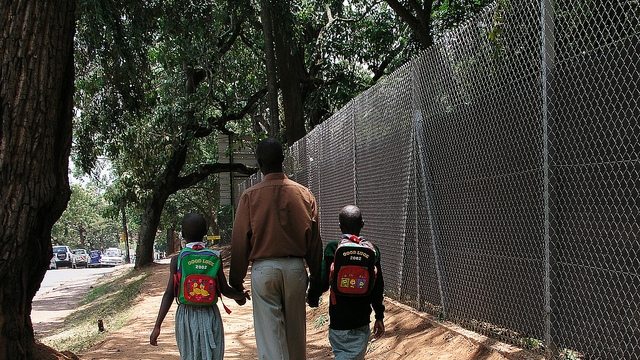Teacher quality is important for student success and there’s a growing body of evidence that creating more accountability and motivation for teachers can help improve student outcomes. Paying teachers, and ensuring they get the payments in a timely fashion, is a critical part of this. The evaluation will provide evidence on the impact of different approaches for paying teachers, and whether this can boost teaching quality and student learning.
| Research area: | Education |
| Country: | Chad |
| Evaluation Sample: | 2,978 schools and 8,501 community teachers |
| Timeline: | Ongoing |
| Intervention: | mobile phones, electronic payments, pay for performance |
| Researchers: | Harounan Kazianga, Oklahoma State University; Leigh Linden, University of Texas at Austin; Marie-Helene Cloutier, World Bank |
Context
In Chad, primary school enrollment now stands at nearly 100 percent, but students perform poorly on assessments and dropout rates remain high. The low quality of teaching has contributed to these problems. Many teachers have limited content knowledge and pedagogical skills, training is inconsistent, and many classrooms have high student-teacher ratios. And while contract teachers constitute a key part of the primary education teaching corps, payments to them are often delayed and they receive considerably less than civil servant teachers. As part of its efforts to strengthen the education system, the Government of Chad is instituting a new way to pay contract teachers in rural parts of the country. The evaluation will measure the impact of different payment methods, such as through mobile phones, on teacher behavior and student learning.
